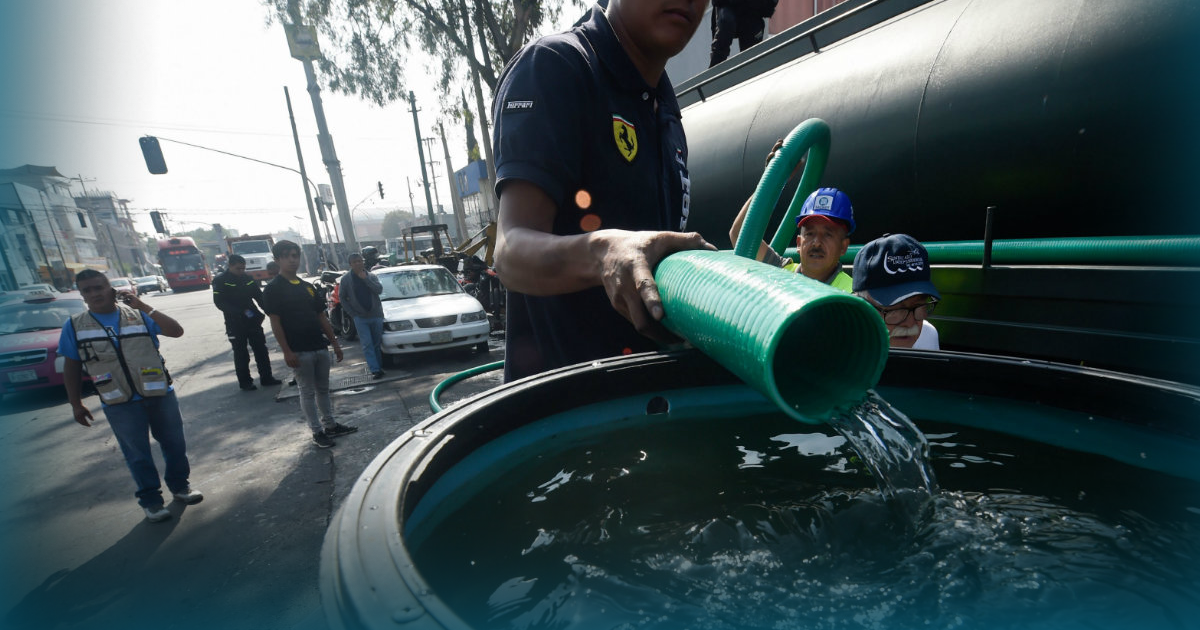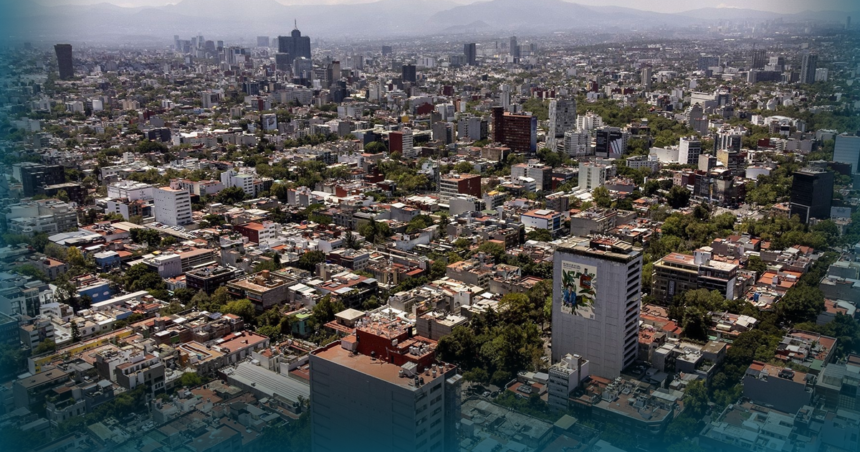Alejandro Gomez has spent more than three months without access to clean running water. Occasionally, it occurs for one or two hours, but it’s only enough of a trickle to fill a few buckets. Then, for several days, nothing.
Gomez, who resides in the Tlalpan neighborhood of Mexico City, is unable to receive water truck deliveries since he lacks a large storage tank and there is nowhere to keep it. Rather, he and his family survive on what they can store and purchase.
They collect the discharge from their self-washing to clean the toilet. According to him, it’s difficult. Water is necessary for everything, we all are depend on it.
Although water shortages are not unusual in this neighborhood, Gomez said that something feels off this time. “We are experiencing really hot temperatures right now. The situation is worse since things are more intricate.
One of the largest cities in the world, Mexico City is home to around 22 million people and is experiencing a serious water crisis as a result of a variety of issues, including geography, unplanned urban growth, and leaking infrastructure, all of which are made worse by the effects of climate change.
An already overtaxed water infrastructure is under more stress due to years of unusually low rainfall, extended dry spells, and high temperatures. Significant limits on the amount of water pumped from reservoirs have been imposed by authorities.

There have been weeks without water in certain communities, and the rainy season doesn’t start for another four months, according to Christian Domínguez Sarmiento, an atmospheric scientist at UNAM.
Things Become so Bad For Mexico
Politicians are playing down any feeling of a catastrophe, but other analysts believe that things have become so bad that Mexico City may be headed for “day zero” in a few months, when water supplies for large portions of the city run out.
Stretching across a high-altitude lake bed at an elevation of around 7,300 feet above sea level, is densely populated Mexico City. It was constructed on clay-rich soil, which it is currently sinking, making it extremely vulnerable to climate change and prone to earthquakes. It’s probably among the final locations where a megacity would be chosen in the modern era.
When it was just a group of lakes, the Aztecs picked this location in 1325 to establish their city of Tenochtitlan. Built on an island, they created a network of canals and bridges that connected with the water to spread the city outward.
However, the Spanish destroyed a large portion of the city, drained the lakebed, filled in canals, and cleared forests when they came in the early 16th century. As co-director of Groundlab, a research group focused on design and policy, Jose Alfredo Ramirez, an architect, explained that they viewed “water as a barrier that needed to be defeated for the city to thrive.”
Their choice opened the door for a lot of the current issues facing Mexico City. Asphalt and concrete have taken the place of wetlands and waterways. It floods during the wet season. It’s dry throughout the dry season.
Mexico metropolis gets around 60% of its water from an underground aquifer, but recent study indicates that this has been over-extracted to the alarming point that the metropolis is sinking at a pace of about 20 inches per year. Furthermore, the aquifer is not refilling nearly quickly enough. Instead of sinking into the earth, precipitation rolls off the city’s hard, impermeable surfaces.
The remaining water in the city is extracted from sources located beyond its borders and transported over great distances in an exceedingly ineffective manner, resulting in approximately 40% of the water being lost due to leakage.
Also Read: 2 Men are Accused of Killing During the Kansas City Chiefs Rally


Leave a Reply